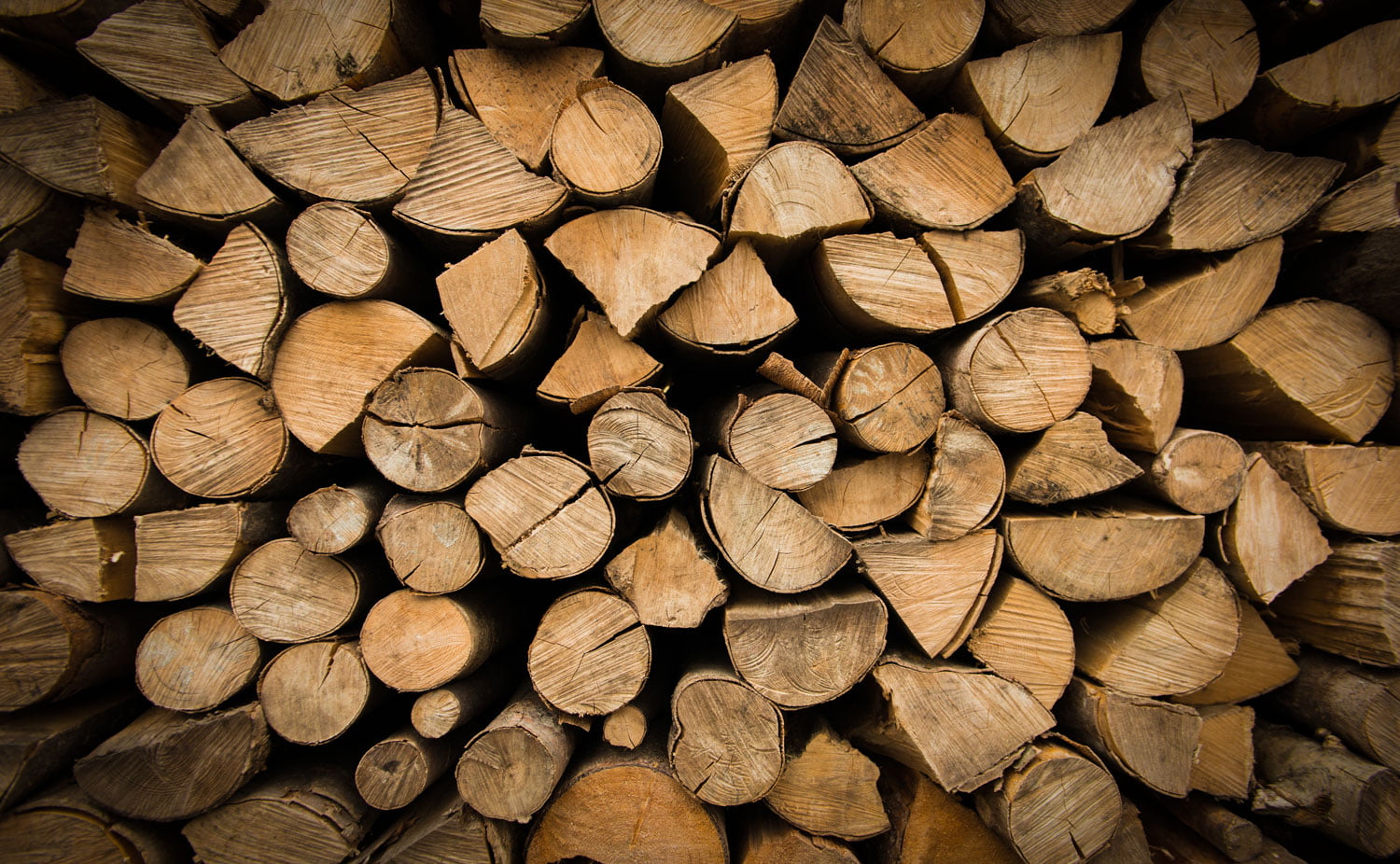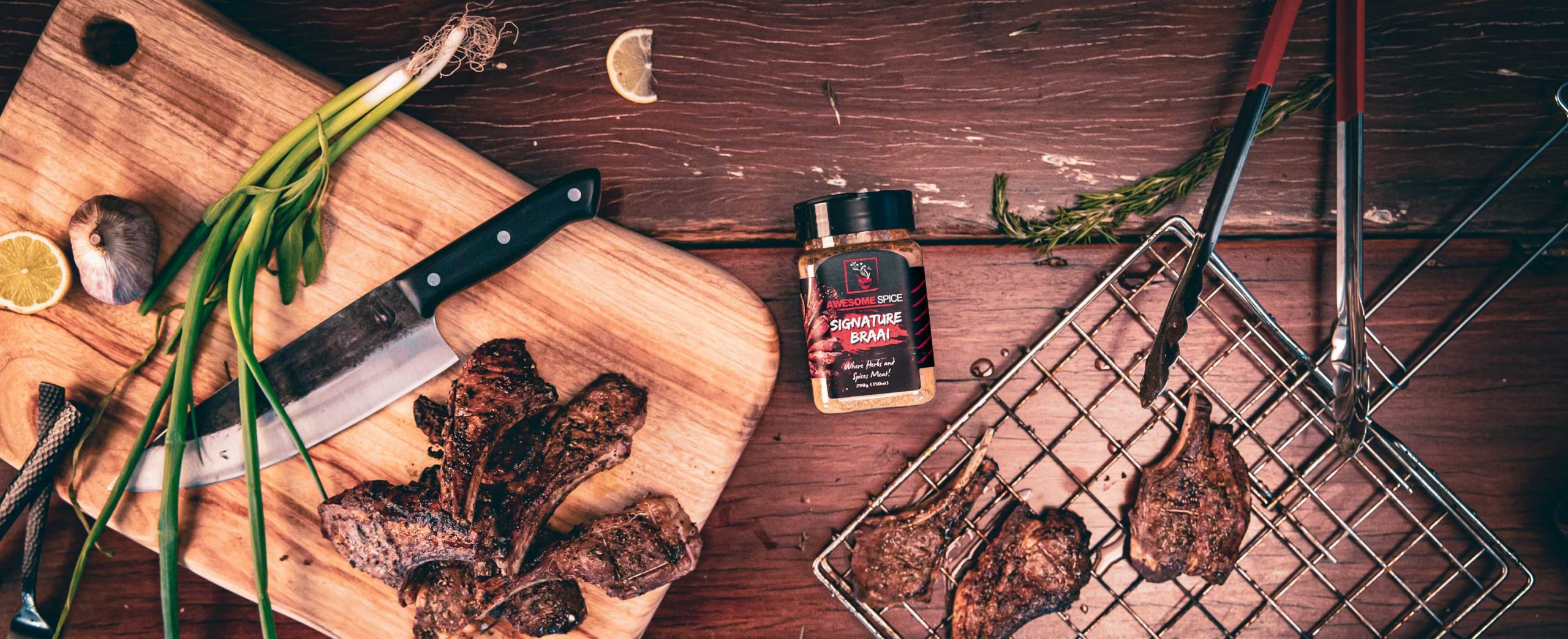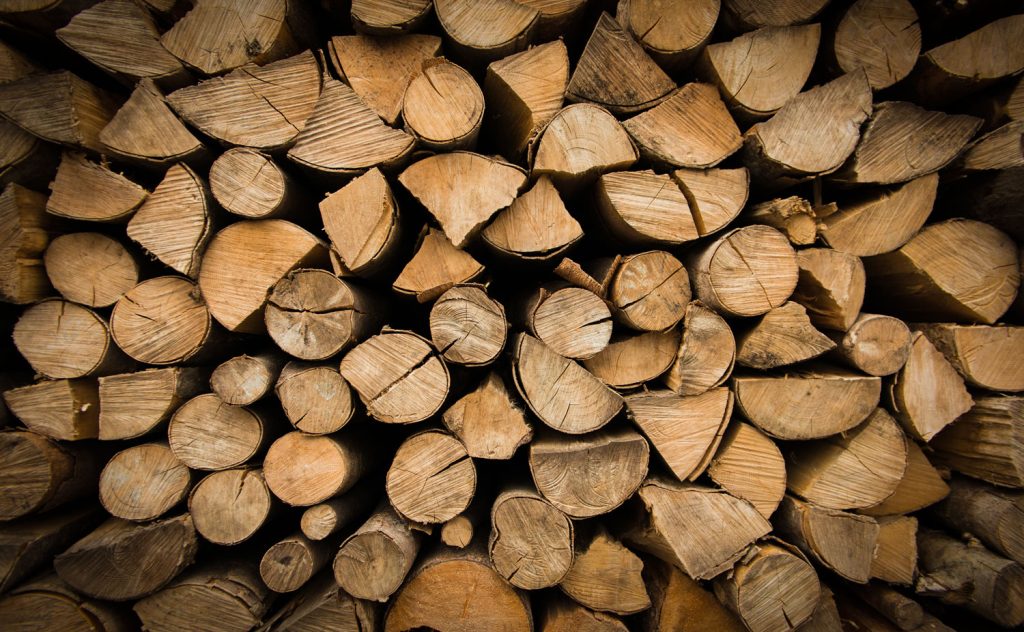Blog, Fire Season, News, Tips and Tricks
Best Braai Wood Across Australia: A Comprehensive Guide

Choosing the suitable wood for your Braai is crucial for a successful Braai and ensuring sustainable practice. This guide details the best woods for Braai by state, considering their availability, coal longevity, and the unique flavours they impart.
Understanding the Science of Wood for Braai
The type of wood you choose can significantly influence your food’s flavour and cooking efficiency. Wood types differ in their burning characteristics:
- Density and Hardness: Denser woods tend to burn slower and hotter, making them ideal for creating long-lasting coals.
- Moisture Content: Well-seasoned wood, which has been dried over time, burns more efficiently and produces a consistent heat.
- Smoke Profile: Different woods release distinct flavours when burned, affecting the taste of the cooked food.
Selection of Best Braai Wood Based on Availability
The woods listed below are sorted by availability within each state, from most to least readily available. However, availability does not always align with personal preference. For example, while Ironbark is widely available and highly effective, some may prefer the longevity of the coals and the flavour profile of River Red Gum, which might be less accessible.
WARNING: Those yellow bags of wood you buy from the servos ARE NOT braai wood. That is to fix the potholes in the road!
Best Braai Wood by State
New South Wales (NSW)
1. Ironbark (Eucalyptus crebra): Widely available. Coal longevity: Medium. Ideal for consistent, high heat.
2. River Red Gum (Eucalyptus camaldulensis): Common along the Murray River. Coal longevity: Long. It is preferred for its robust flavour.
3. Yellow Box (Eucalyptus melliodora): Moderately available. Coal longevity: Medium. Known for its sweet, mild smoke.
4. Red Box (Eucalyptus polyanthemos): Similar to Yellow Box. Coal longevity: Medium. Burns slowly for steady heat.
5. Black Wattle (Acacia mearnsii): Common in cooler climates. Coal longevity: Long. Valued for quick heating and aromatic smoke.
6. Sheoak (Allocasuarina spp.): Less common. Coal longevity: Short. Provides a light, sweet smoke perfect for poultry and seafood.
Queensland (QLD)
1. Ironbark (Eucalyptus crebra): Abundant. Coal longevity: Medium. High heat output for extensive cooking.
2. Blue Gum (Eucalyptus globulus): Commonly available. Coal longevity: Medium. Produces a clean, mild flavour.
3. Moreton Bay Chestnut (Castanospermum australe): Found near coastal regions. Coal longevity: Medium. Excellent for smoking.
4. Mango Wood: Found in tropical regions. Coal longevity: Short. It adds a unique, sweet tropical flavour.
5. Acacia: Not as common. Coal longevity: Medium. Offers neutral smoke suitable for various meats.
Victoria (VIC)
1. Red Gum (Eucalyptus camaldulensis): Highly favored. Coal longevity: Long. Produces robust flavour and good heat.
2. Messmate (Eucalyptus obliqua): Widely available. Coal longevity: Medium. Intense flavour and consistent burn.
3. Black Wattle (Acacia mearnsii): Good for quick grills. Coal longevity: Long. Imparts a nice flavour.
4. Apple Wood: Less common. Coal longevity: Short. Perfect for white meats and pork with its subtle, sweet smoke.
South Australia (SA)
1. Red Gum (Eucalyptus camaldulensis): Very common. Coal longevity: Long. Known for robust and lasting heat.
2. Mallee Roots (Eucalyptus spp.): Common in arid regions. Coal longevity: Long. Intense heat with minimal smoke.
3. Stringybark (Eucalyptus obliqua): Available in specific areas. Coal longevity: Medium. Offers hearty smoke.
Western Australia (WA)
1. Jarrah (Eucalyptus marginata): Extremely dense. Coal longevity: Long. Known for long-lasting burn.
2. Marri (Corymbia calophylla): Less common than Jarrah. Coal longevity: Medium. Lighter smoke.
3. Sheoak (Allocasuarina spp.): Unique, mild flavour. Coal longevity: Short. Less commonly used.
Tasmania (TAS)
1. Tasmanian Oak (Eucalyptus regnans): Widely available. Coal longevity: Medium. Burns clean with mild smoke.
2. Black Wattle (Acacia mearnsii): Available in suitable habitats. Coal longevity: Long. Less commonly used for firewood.
Northern Territory (NT)
1. Gum Trees (Various Eucalyptus spp.): Widely available. Coal longevity: Medium. Good heat.
2. Ironwood (Acacia estrophiolata): Found mostly in central regions. Coal longevity: Long. Very dense, significant heat.
Australian Capital Territory (ACT)
1. Ironbark (Eucalyptus crebra) and Red Gum (Eucalyptus camaldulensis): Sourced from nearby NSW. Coal longevity: Medium and Long, respectively. Reliable for consistent and long burns.
Sustainable Sourcing and Legal Considerations
Always ensure that your wood is sourced responsibly to minimize environmental impact. Opt for woods from sustainably managed forests or reputable suppliers who adhere to local regulations. Some woods, like certain native species, may be protected under local conservation laws, so it’s crucial to be informed about and compliant with such regulations.
Conclusion
This guide provides a detailed overview of the best woods for Braai across Australia, helping you choose based on coal longevity and local availability. By selecting the appropriate wood, you enhance both the flavour and efficiency of your Braai, ensuring those guests come back when you invite them for the next braai. Remember, suitable wood can make all the difference to your Braai, turning a good meal into a great one.



